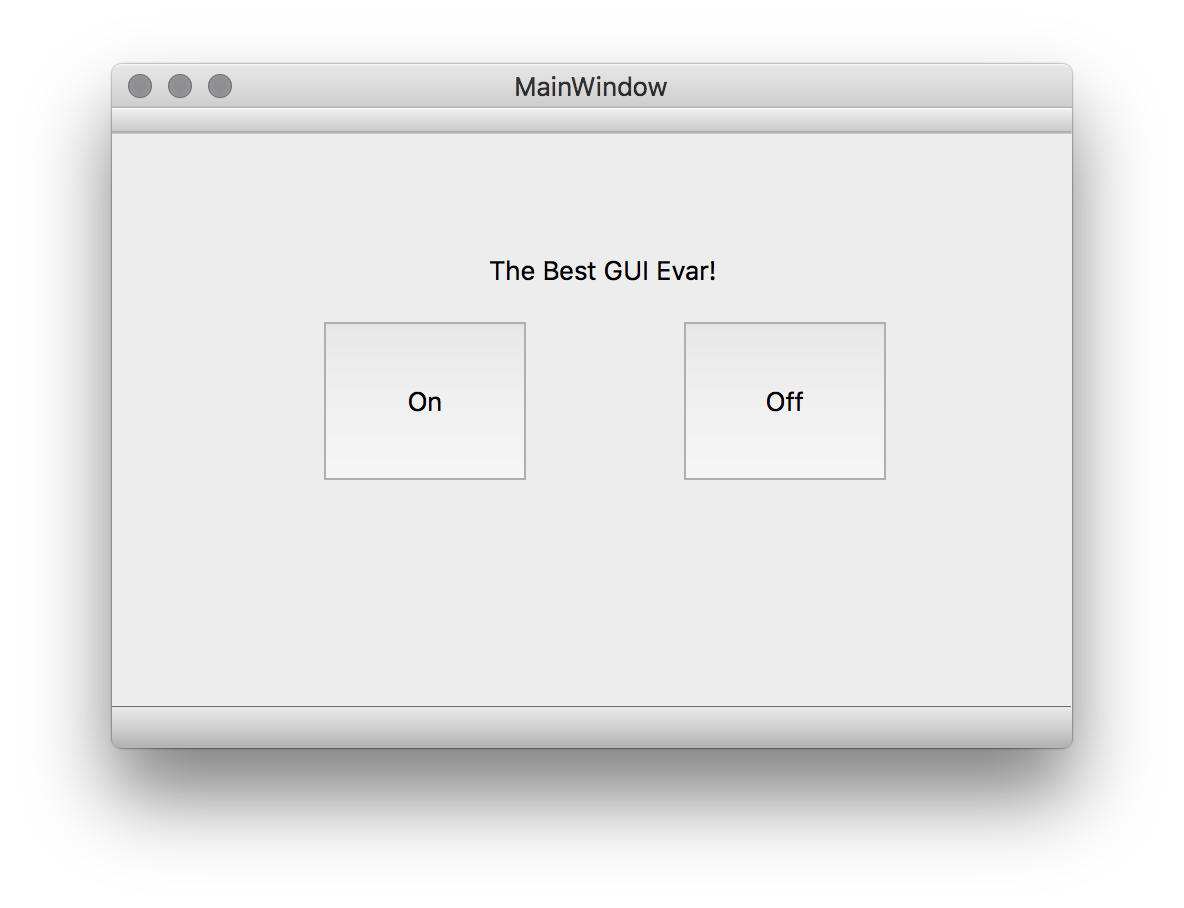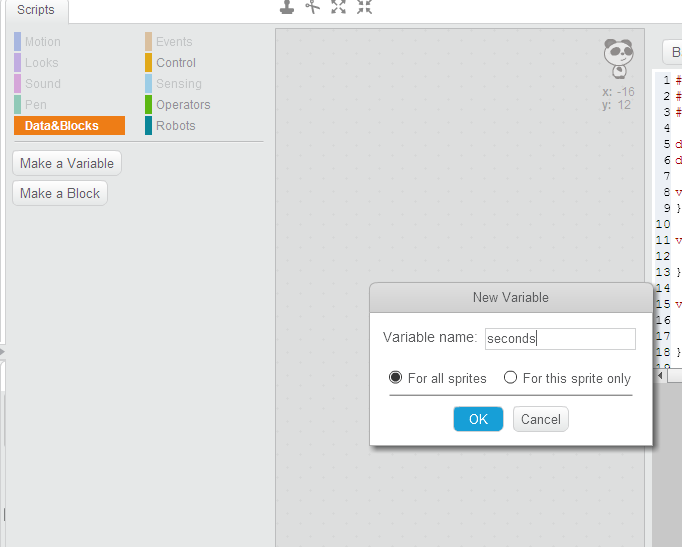

- #ARDUINO MILLIS SOURCE CODE HOW TO#
- #ARDUINO MILLIS SOURCE CODE MODS#
- #ARDUINO MILLIS SOURCE CODE CODE#
#ARDUINO MILLIS SOURCE CODE CODE#
Those are very useful functions that you need in almost all your programs. How Arduino benefits by avoiding Delay Before I begin the Arduino Millis Tutorial, let me show a simple example circuit and code that you might be following till now. If(gcc.ddown & gcc.When using the Arduino library, you have two simple ways of getting the current time since the Arduino board started: millis() and micros(). It currently works by holding down d-pad down and scrolling with L and R This code makes you able to switch between the presets. Seang = ang(abs(se_notch_x_value), abs(se_notch_y_value)) //calculates angle of SE gate based on user inputted dataĪx = gcc.xAxis -128 ay = gcc.yAxis -128 //offsets from neutral position of analog stickĬx = gcc.cxAxis-128 cy = gcc.cyAxis-128 //offsets from neutral position of c stickĪxm = abs(ax) aym = abs(ay) //magnitude of analog stick offsetsĬxm = abs(cx) cym = abs(cy) //magnitude of c stick offsets Swang = ang(abs(sw_notch_x_value), abs(sw_notch_y_value)) //calculates angle of SW gate based on user inputted data Gcc.origin=0 gcc.errlatch=0 gcc.high1=0 gcc.errstat=0 //init values Code contributes and initial examples created by John Plocher.

Initial code derived from Paul Stoffregens elapsedMillis and elapsedMicros helper code for the Teensy USB developer board. Please report any bugs or issues you find on the issue tracker.
#ARDUINO MILLIS SOURCE CODE HOW TO#
It is part of a growing collection of AVR routines. Documentation on how to use this library is located in the wiki and also on the Arduino Playground. If(axm>75) //function to return vector magnitude when given x and y components This is a short stand-alone C source code that I wrote to simulate the Arduino millis() function on an Atmel AVR 328p microcontroller.
#ARDUINO MILLIS SOURCE CODE MODS#
These functions define what mods the presets should use RLimit() - disables light shield values between 1 and 70 on the R button LLimit() - disables light shield values between 1 and 70 on the L button YFrame() - disables the y button press after ~1 frames XFrame() - disables the x button press after ~1 frames 2.) millis is not stored in a register, it is stored in 4 bytes (32 bits) of memory. To actually time this interval would be difficult. ZFrame() - disables the z button press after ~1.5 frames When the Arduino starts, it takes a few moments for this system clock to stabilize, then the initialization code completes and millis starts counting. Gcc.right = 0 - disables right lightshield Gcc.left = 0 - disables right lightshield Shielddrops() - allows shield drops down and gives a 6 degree range of shield dropping centered on SW and SE gatesīackdash() - fixes dashback by imposing a 1 frame buffer upon tilt turn valuesĭolphinfix() - ensures close to 0 values are reported as 0 on the sticks to fix dolphin calibration and allows user to switch to dolphin mode for backdash My question is if there is a AVR library that includes the equivalent of Arduinos millis() and micros() functions or if I need to write my own library Since counting the time from startup will require configuration and use of a timer with custom code in the timer ISR (like you pointed out), you wont find a function like this in the AVR. Hi I built a sprint timer that uses millis to track the time. We make projects with: ESP32, ESP8266, Arduino, Raspberry Pi. Maxvectors() - snaps sufficiently high cardinal inputs to vectors of 1.0 magnitude of analog stick and c stick Random Nerd Tutorials helps makers, hobbyists and engineers build electronics projects. Perfectangles() - reduces deadzone of cardinals and gives steepest/shallowest angles when on or near the gate

you can check these either with Serial.print or the 20XX Hack Pack This defines the edges on the controller. 1 STM32F103 Timer interrupt stuckd on BaseStart.

Gamecube_Report_t gcc //structure for controller stateīool shield, tilt, dolphin = 0, off = 0, switchPresetR = 0, switchPresetL = 0 Describe the various modes and specific timer features, such as clock sources. Only the souce code for Arduino UNO is quoted. CGamecubeController controller(2) //sets D2 on arduino to read data from controllerĬGamecubeConsole console(3) //sets D3 on arduino to write data to console The millis() is defined in hardware/arduino/avr/cores/arduino/wiring.c as below.


 0 kommentar(er)
0 kommentar(er)
